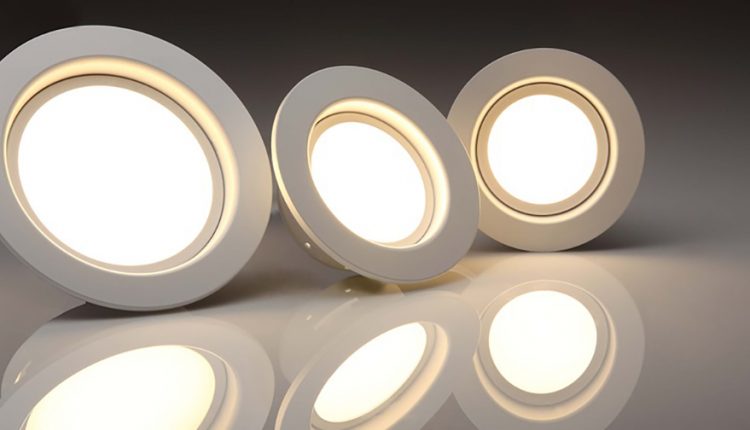The strong competition between LED companies is not a secret to anyone. The number of LED makers, especially the Chinese ones is today really impressive. Looking for innovative lighting solutions with higher performance and lower costs, the companies investigate how to reduce development time and manufacturing costs.
Under this dynamic context, the European Consortium, Delphi4LED has found a new way of thinking, a new way to develop efficient lighting solutions, especially for the attractive automotive and general lighting markets. For example, the lighting market for automotive applications is showing impressive revenues to reach about $37.3bn in 2023.
Delphi4LED is supported by the ECSEL Joint Undertaking – the Public-Private Partnership for Electronic Components and Systems, a funding program of the European Union, completed with the financial support of the national funding authorities of the participating countries involved in the consortium.
The objective of the Delphi4LED project was to develop a standardized method to create multi-domain LED based design and simulation tools for the solid-state lighting industry from measurements. Delphi4LED consortium is a smart combination of 15 partners from seven different countries.
Luminaire makers, academia, technical centers, software players and lighting designers share their knowledge of the LED technology to propose a valuable solution to the lighting industry. Delphi4LED’s partners are part of the overall LED value-chain and offer a high added-value LED knowledge.
“It is the fact that a generic method to extract models, and a vendor neutral file format to support provision, didn’t exist until today,” said Joël Thomé, Head of PISEO, partner of the Delphi4LED consortium. “This status strongly motivated the creation of the European Union consortium, Delphi4LED mixing valuable LED expertise in order to achieve a breakthrough in LED-based product design”.
By identifying appropriate optical and thermal characterization test procedures, a mathematical formulation of the multi-domain model and an e-datasheet neutral file format, Delphi4LED aims to address design inefficiencies for lighting products that exist today.
At present the system level numerical analysis of integrated LED products is typically performed by the different design teams dealing with the electrical, thermal and optical design separately. Today’s reverse engineering technique combined lead to reasonable results but with long development time and waste of money.
It is the time and effort involved in gathering, reverse engineering and extracting the necessary information to be used for simulation of the thermal-optical behavior of an LED in a given end user environment that leads at best to increased design costs, at worst to simulation not being performed and thus an increased risk of design goals not being met, identified during physical prototyping. It is exactly these risks and inefficiencies that Delphi4LED aims to address.
A multi-domain LED model requires both predictive accuracy as well as the obfuscation of proprietary information regarding the LED package’s construction and material properties. Delphi4LED has addressed these model requirements by:
- Elaborating a test procedure to determine optical and electrical characteristics at a series of prescribed operating LED chip junction temperatures.
- Identifying a set of temperature aware optical-electrical functions, the parameters for which are extracted directly from measurement.
- Identifying a thermal network topology representation and a method to extract its thermal resistances and thermal capacitances.
The Delphi4LED partners have conducted lot of investigations and today, results are available that will enable the design and production of more reliable, cost effective and market-leading LED-based lighting solutions in the future.
In parallel, standardization activities concerning test methods of LED packages, characteristics presentation, generation of LED models and model interfaces have made strong progress within JEDEC and CIE appropriate committees. An important milestone has been passed in 2019 in these committees towards balloting updates of test standards and their final technical reports.
This will create soon a momentum that will drive a quick adoption of this new design methodology by the whole lighting industry to the benefit of the end user.

